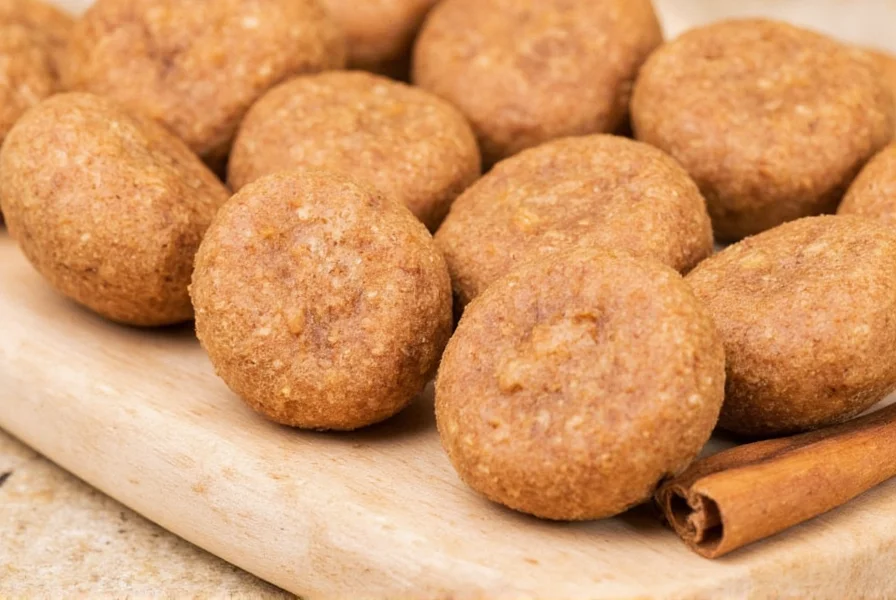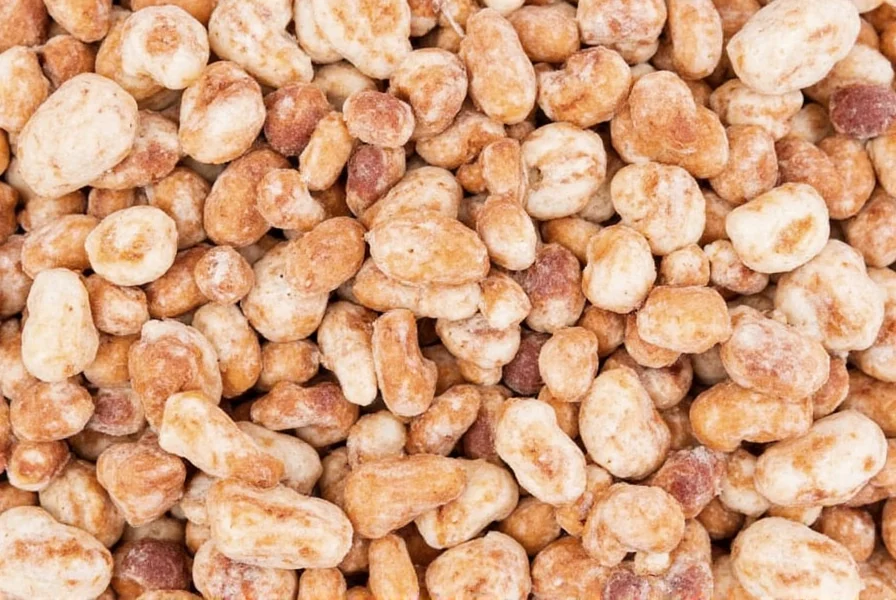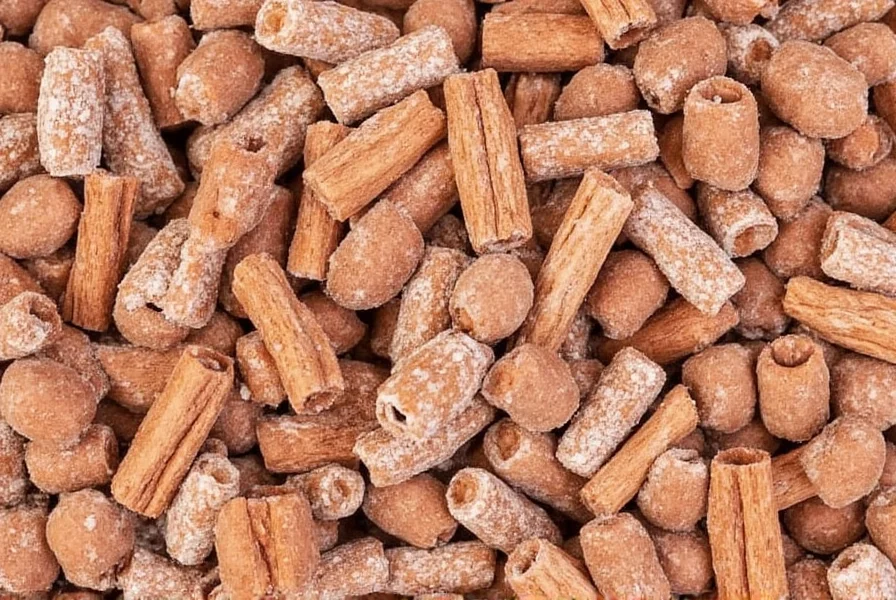Cinnamon candies represent one of the most distinctive categories in the confectionery world, characterized by their intense spicy flavor that sets them apart from other sweets. Unlike milder candy varieties, these treats deliver a powerful cinnamon punch that creates a memorable sensory experience. The primary ingredients typically include sugar, corn syrup, cinnamon oil or extract, and coloring agents, with formulations varying by manufacturer and candy type.
A Brief History of Cinnamon Flavored Candy
The story of cinnamon candies begins with the ancient use of cinnamon itself, which has been valued for thousands of years across multiple civilizations. Originally harvested in Sri Lanka and traded along ancient spice routes, cinnamon made its way to Europe where it became a prized luxury. By the 19th century, as sugar became more widely available and affordable, candy makers began experimenting with spice-infused sweets.
The modern cinnamon candy industry took shape in the early 20th century when American confectioners developed techniques to create hard candies with consistent cinnamon flavor. The invention of the panning process allowed for the creation of small, round cinnamon imperials (red hots), while later innovations led to the development of larger, more intense varieties like atomic fireballs. These candies gained popularity for their distinctive "hot" sensation that creates a memorable eating experience unlike any other candy category.
Types of Cinnamon Candies Compared
| Type | Flavor Intensity | Texture | Key Characteristics | Popular Brands |
|---|---|---|---|---|
| Red Hots | Moderate | Hard, small spheres | Classic cinnamon imperials, consistent flavor | Atomic Fireballs, Red Hots |
| Atomic Fireballs | Very High | Hard, larger spheres | Intense heat, longer-lasting flavor | Ferrara, Now and Later |
| Cinnamon Gummies | Low-Moderate | Chewy | Milder flavor, fruit-cinnamon blends | Swedish Fish, Haribo |
| Cinnamon Chews | Moderate | Soft, taffy-like | Long-lasting flavor, pliable texture | Spree, Nik-L-Nip |
Understanding Cinnamon Candy Flavor Profiles
The distinctive taste of cinnamon candies comes primarily from cinnamaldehyde, the compound responsible for cinnamon's characteristic flavor and aroma. However, not all cinnamon candies use the same type of cinnamon or extraction method. Traditional hard cinnamon candies typically use cassia cinnamon oil, which contains higher levels of cinnamaldehyde than Ceylon cinnamon, resulting in a more intense, spicy flavor.
What makes cinnamon candies unique is their dual sensory experience—they begin with an initial burst of sweetness followed by a gradual build of heat that can linger for several minutes. This "heat curve" varies significantly between products, with some candies delivering immediate intensity while others build slowly. The best cinnamon candies balance this heat with sufficient sweetness to create a complex flavor profile rather than overwhelming spiciness.

Cultural Significance and Traditions
Cinnamon candies have developed unique cultural significance in various regions. In Scandinavian countries, cinnamon-flavored sweets are particularly popular during the holiday season, often incorporated into traditional celebrations. The famous Swedish Fish candies, though not exclusively cinnamon, have become cultural icons in North America since their introduction in the 1950s.
In the United States, cinnamon candies have become associated with certain regional preferences and generational experiences. Many Americans recall childhood memories of trying their first atomic fireball or red hots, creating a nostalgic connection to these spicy treats. Some candy enthusiasts have even developed rituals around consuming particularly intense varieties, such as the "fireball challenge" where participants attempt to endure the heat of multiple fireballs simultaneously.
Production Methods and Ingredients
Creating quality cinnamon candies requires precise formulation and manufacturing techniques. The hard candy varieties are typically made using the "hard boil" method, where sugar, corn syrup, and water are heated to the hard crack stage (300-310°F), then flavored with cinnamon oil and coloring before being poured and shaped. The temperature control during this process is critical—too low and the candy won't set properly; too high and the cinnamon flavor can burn off.
For gummy-style cinnamon candies, the process involves creating a gelatin or pectin base that's then infused with cinnamon flavoring. These require different temperature controls and setting times than hard candies. The concentration of cinnamon oil is carefully calibrated to achieve the desired heat level without becoming unpleasantly harsh. Some premium manufacturers use natural cinnamon extracts rather than artificial flavorings, resulting in a more complex, nuanced flavor profile.
How to Fully Experience Cinnamon Candies
To truly appreciate cinnamon candies, understanding the proper consumption technique enhances the experience. Unlike most candies that are quickly consumed, the best approach to intense cinnamon varieties involves allowing the candy to dissolve slowly, which creates a gradual release of flavor compounds. Starting with smaller quantities is recommended for those new to strong cinnamon candies, as the heat can be overwhelming when consumed in large amounts.
Culinary enthusiasts have also discovered creative ways to incorporate cinnamon candies beyond simple consumption. Some use crushed cinnamon candies as toppings for desserts, while others melt them to create unique glazes or syrups. The distinctive flavor also makes them popular for DIY projects like homemade potpourri or craft decorations, particularly during the holiday season when cinnamon's warm aroma complements seasonal themes.

Frequently Asked Questions
What are cinnamon candies made of?
Traditional cinnamon hard candies typically contain sugar, corn syrup, cinnamon oil or extract, and food coloring. The primary flavor compound is cinnamaldehyde, which gives cinnamon its distinctive spicy taste. Some varieties may include additional ingredients like citric acid for tartness or other flavorings to create unique profiles. Natural cinnamon candies use actual cinnamon extract, while many commercial varieties use artificial cinnamon flavoring for consistency and cost efficiency.
Why do cinnamon candies create a burning sensation?
The burning sensation from cinnamon candies comes primarily from cinnamaldehyde, the main compound in cinnamon. This chemical activates the same TRPV1 receptors in your mouth that respond to actual heat and capsaicin (found in chili peppers), creating a warming or burning sensation. The intensity varies by candy type—atomic fireballs contain higher concentrations of cinnamaldehyde than milder varieties like cinnamon gummies. This sensation is temporary and harmless for most people, though extremely sensitive individuals might experience discomfort.
Are there any health benefits to eating cinnamon candies?
While cinnamon itself contains compounds with potential health benefits, the amounts in cinnamon candies are too small to provide significant nutritional value. Traditional hard cinnamon candies are primarily sugar and should be consumed in moderation as part of a balanced diet. Some specialty products market "cinnamon throat drops" that may offer temporary soothing effects for minor throat irritation, but these should not be considered medicinal. For actual health benefits from cinnamon, consuming it in culinary applications or supplements provides more meaningful quantities than candy forms.
How should I store cinnamon candies to maintain freshness?
Store cinnamon candies in a cool, dry place away from direct sunlight to maintain their quality. Hard cinnamon candies should be kept in airtight containers to prevent moisture absorption, which can cause them to become sticky or lose their crisp texture. Properly stored, most hard cinnamon candies remain fresh for 6-12 months. Gummy-style cinnamon candies typically have a shorter shelf life of 3-6 months. Avoid refrigeration, as temperature fluctuations can cause condensation that damages the candy's texture. For long-term storage, consider vacuum sealing to preserve flavor intensity.











 浙公网安备
33010002000092号
浙公网安备
33010002000092号 浙B2-20120091-4
浙B2-20120091-4